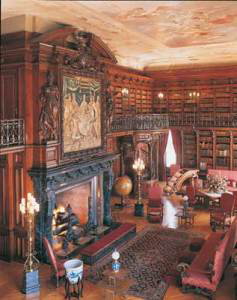Terry’s Almanac from this morning reminds me of this observation by John Ruskin about the Greeks, “… there is no dread in their hearts; pensiveness, amazement, often deepest grief and desolation, but terror never. Everlasting calm in the presence of all Fate, and joy such as they might win, not indeed from perfect beauty, but from beauty at perfect rest.”
Jane Harrison uses that quote in Prolegomena to the study of Greek Religion, which was first published in 1903. In her introduction, Harrison argues that our understanding of Greek religion “is an affair mainly of mythology, and moreover of mythology as seen through the medium of literature.”
She continues:
This habit of viewing Greek religion exclusively through the medium of Greek literature has brought with it an initial and fundamental error in method–an error which in England, where scholarship is mainly literary, is likely to die hard. For literature Homer is the beginning, though every scholar is aware that he is nowise primitive; for theology, or–if we prefer so to call it–mythology, Homer presents, not a starting-point, but a culmination, a complete achievement, an almost mechanical accomplishment, with scarcely a hint of origines, an accomplishment moreover, which is essentially literary rather than religious, sceptical and moribund already in its very perfection. The Olympians of Homer are no more primitive than his hexameters. Beneath this splendid surface lies a stratum of religious conceptions, ideas of evil, of purification, of atonement, ignored or suppressed by Homer, but reappearing in later poets and notably in Aeschylus.
It’s a fascinating book, and even if I weren’t interested in her topic, Harrison’s writing style alone would make me swoon. If you’re at all interested in Greek mythology and haven’t read this one yet, it’s worth searching out (Google books has it). I first learned about it thanks to a comments thread here.


 Another change: The estate’s library is long and rectangular, and I believe you used to be able to traverse the length of it. Now visitors are kept to one end, while the majority of the books are on display on the other end, too far away to be able to see any of the titles. I craned, but it was no good. It was like trying to read something from across a ballroom. “You should have brought binoculars,” Lowell said.
Another change: The estate’s library is long and rectangular, and I believe you used to be able to traverse the length of it. Now visitors are kept to one end, while the majority of the books are on display on the other end, too far away to be able to see any of the titles. I craned, but it was no good. It was like trying to read something from across a ballroom. “You should have brought binoculars,” Lowell said.